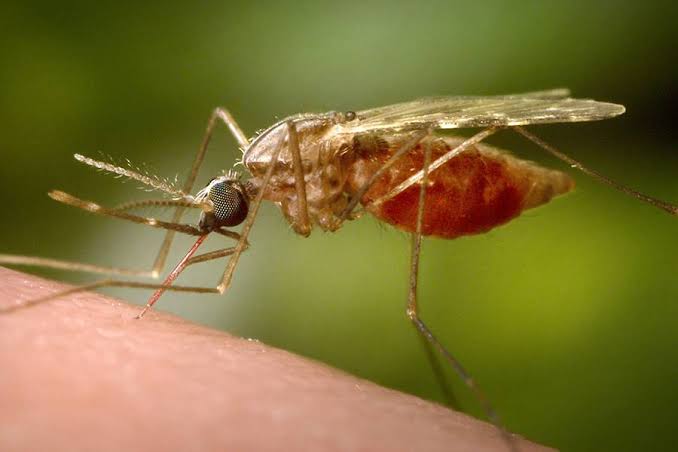
Principal Investigator: Felician Meza
Project leader/ Coordinator: Felician Meza
Project Administrator: Felix Brown
Funding Partner: Wellcome Trust
Start date: Sept. 1, 2017
End date: Feb. 28, 2020

Targeting strongly insecticide resistant Anopheles funestus by using attractive toxic sugar baits
The overall goal of this project is to conduct a detailed study on how Attractive Toxic Sugar Baits developed for one species can be used to kill a different species and if this can be used to reduce malaria vectors in southern Tanzania. The research team will first study the mosquitoes to know their numbers and locations (baseline) and then will put an indoor ATSB in peoples’ houses to see if the target mosquito Anopheles funestus feeds on it and if feeding on it will kill the mosquitoes in large numbers needed to control malaria. A cluster-randomized trial investigating the impact of ATSB on An.funestus in rural Tanzania will be performed. The study will is conducted in 14 villages of around 200 households (7/ arm: ATSB or sugar stations without ivermectin) outcomes will be vector density (measured by CDC light trap, resting collections) and vector longevity by parity and Mid-Infrared Spectroscopy) Thirty houses per cluster will be sampled to estimate changes in mosquito populations parameters. The specific goals are to: demonstrate whether An.funestus feed on ATSB bait stations houses Demonstrate the impact of ATSB baits stations on key entomological outcomes: mosquito density, mosquito longevity, and sporozoite rate
